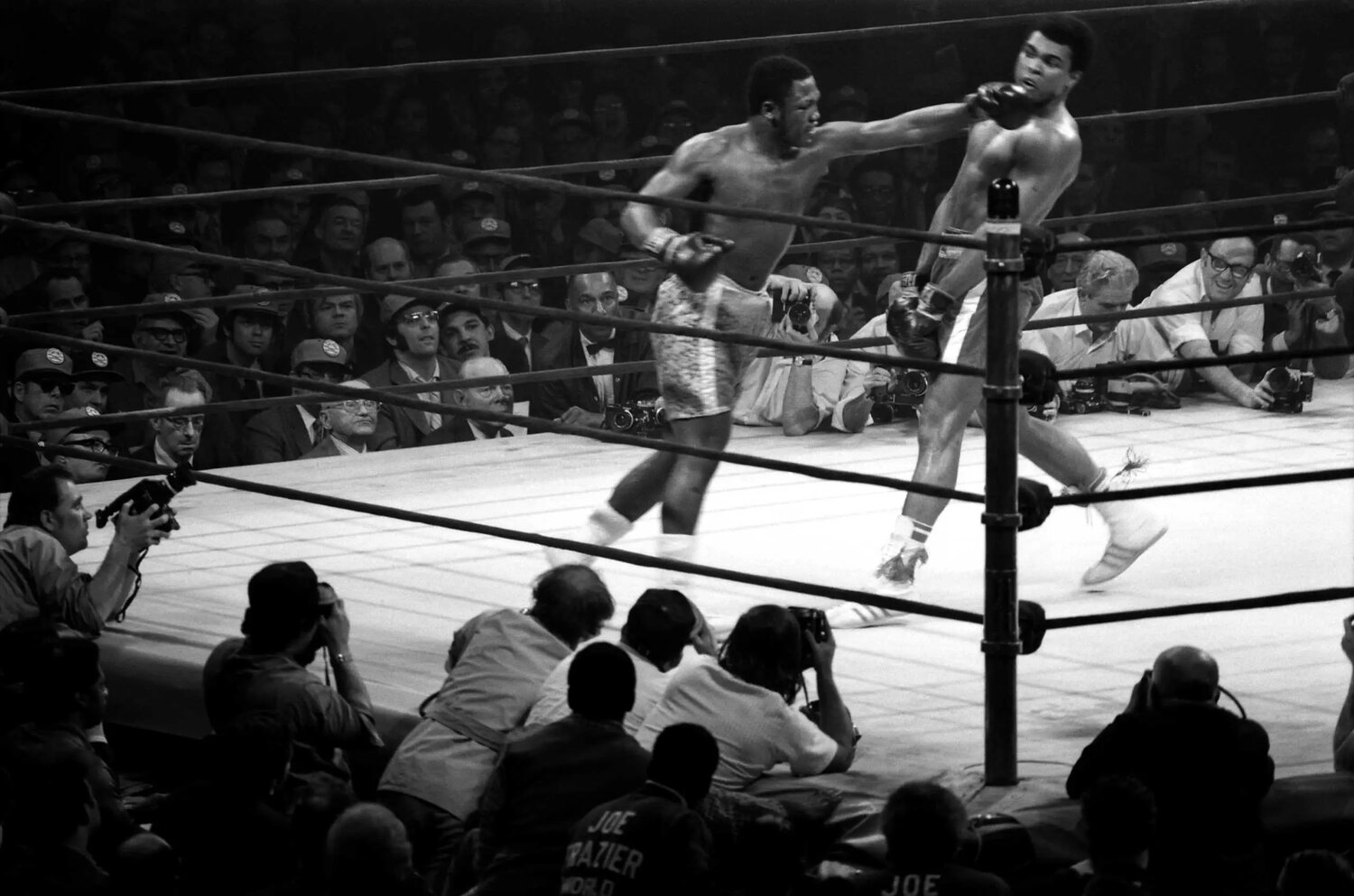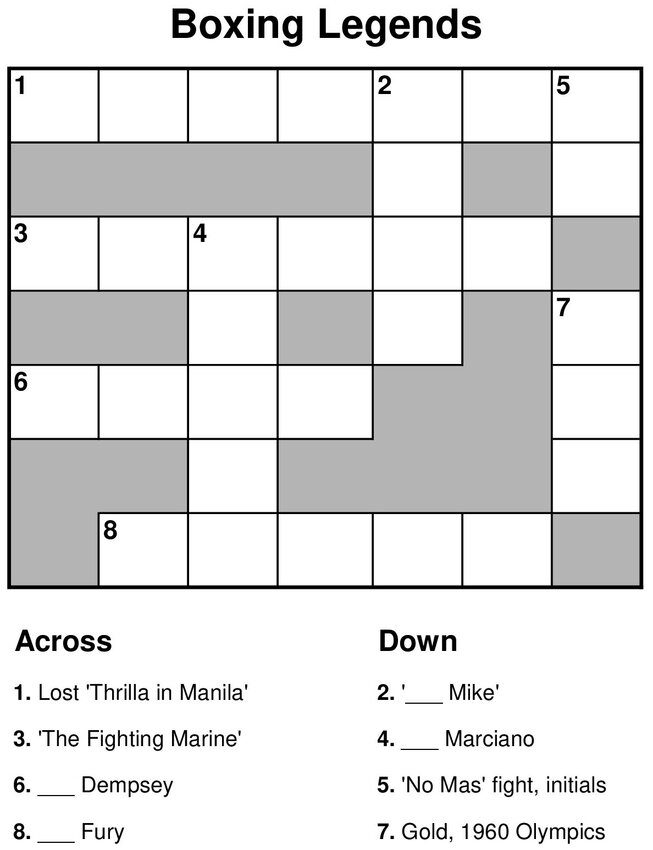Old and New at the Boxing Hall of Fame
From fist casts to the world’s most famous boxing ring
The first question that comes to mind is, why here?
“Canastota has over 100 years of boxing history dating back to the bare-knuckle days,” says Ed Brophy, Executive Director at the International Boxing Hall of Fame (BHOF).
Located in upstate New York some 270 mile from the fisticuffs mecca of Madison Square Garden, Canastota made the boxing map in the 1950s when one of its sons, Carmen Basilio, won the world championships in both the Welterweight and Middleweight divisions.
In 1957, at Yankee Stadium, Basilio defeated Sugar Ray Leonard for the Middleweight crown in a 15-round split decision. Two years earlier, he knocked out Tony DeMarco for the Welterweight.
In 1970, it was Basilio’s nephew, local hero Billy Backus, who captured the World Welterweight title from Cuban-born Mexican fighter, Jose Napoles.
Soon enough, Canastota picked up its nickname, ‘Titletown USA’. But its boxing tradition goes back even further and was grass-rooted.
Notes Brophy, “In the 1930s, 40s, and 50s, high school boxing teams here were very popular and many joined the collegiate boxing program at Syracuse University.”
By 1989, town folks and local businesses decided to honor their unique athletic heritage by founding the BHOF. A popular initiative, two dozen former champions lent their presence at the ribbon-cutting ceremony.
Among the first to be enshrined in the inaugural class was Muhammad Ali, who was at hand to receive the honor.
BUY- 'Once There Were Giants: The Golden Age of Heavyweight Boxing'
Today, the BHOF sits on an 8-acre site just off Interstate 90 between Syracuse and Utica. Two buildings house a museum, a gift shop, an administrative office, and the world’s largest collection of research material dedicated to the sport.
Some 15,000 guests visit the museum every year, including during induction weekend which takes place every June.
With thousands of articles on display, ranging from championship belts and vintage gloves to fight tickets and programs dating from the early 1900s, there is plenty of eye-candy for boxing afficionados and casual fans alike.
“Visitors are always in awe over the largest fist cast belonging to Heavyweight Champion, Primo Carnera.”
The museum houses scores of real-size fist casts and one shivers at the thought of being on the punching end of Carnera’s 14½-inch hand.
The Italian-born pugilist who stood 6’6” and weighed as much as 275 lbs reigned as World Heavyweight Champion in 1933 and 1934, fighting the likes of Jack Sharkey, Max Baer, and Joe Louis.
Sonny Liston was actually recorded to have the largest fist circumference of any prizefighter at 15 inches. The fearsome ring master lost his belt to Cassius Clay (future Ali) in 1964.
BUY- 'The Greatest Boxing Stories Ever Told'
A few glass cases hold mouth pieces made by Dr. Walter Jacobs, a dentist who perfected the rubber guards to prevent loss of teeth and cuts in lips, tongue, and cheeks.
Early fighters sometimes clamped their teeth on matchsticks to cushion blows. Later on, they utilized more specialized devices but those were still crude and ineffective.
For 5 decades, Jacobs made thousands of individual mouthpieces for boxers such as Jack Dempsey, Joe Louis, Floyd Patterson, and Larry Holmes.
Other non-fighters that are honored include renowned boxing writer Burt Sugar who is celebrated with his original typewriter, trademark fedora, and a cigar as part of the collection.
The largest single item at the BHOF and its most prized acquisition is Madison Square Garden’s original fight ring that served as boxing’s greatest battleground from 1925 to 2007.
“The dream of any boxer from around the world was to fight in the United States and to fight at Madison Square Garden,” Brophy points out.
BUY- 'Jacobs Beach: The Mob, The Garden, And The Golden Age of Boxing'
Resting 4 feet above the floor with dimensions of 18½ x 18½ feet, the roped cage with its 4 brass posts bore witness to the blood and sweat of the 20th century’s most legendary pugilists.
The first gloved encounter on the canvas, which took place on December 11, 1925 at the old Garden between 49th & 50th streets in Manhattan, saw Heavyweights Paul Berlenbach and Jack Delaney square off.
At the current Garden location on 33rd street, the ring debuted on March 4, 1968 with Nino Benvenuti beating Emille Griffith for the Middleweight title and Joe Frazier knocking out Buster Mathis for NYS Heavyweight recognition.
Three years later on March 8, 1971, Ali and Frazier stepped inside the ring for the ‘Fight of the Century’, widely regarded as the biggest boxing match in history and one of the most publicized sporting events ever.
Both undefeated, Frazier would claim the 15-round Heavyweight bout in unanimous decision, delivering an incredulous Ali his first professional loss inside the ropes.
The last champion to swing punches in the ring before it was decommissioned was Miguel Cotto on June 9, 2007 when he successfully defended his Welterweight class against Zab Judah.
Brophy makes an analogy with other hallowed grounds. “Imagine you had the old Yankee Stadium on display.”
BUY- 'The Fight Of The Century: Ali vs. Frazier, March 8, 1971
Outside, the BHOF has plenty of space to grow and the museum is in the midst of a $2.5 million fund-raising campaign to add a 12,000 sf, state-of-the-art wing to its existing facilities.
A separate room is planned just for the fist-casts and additional tech features will also enhance the visitors’ interactive experience.
The induction ceremonies take place outdoors in front of the museum and just like with other sporting Halls of Fame, all are memorable while some especially stand out.
In 2011, it was Mike Tyson, Julio Chavez, and Sylvester Stallone (as actor/screenwriter for the ‘Rocky’ films) who were immortalized together.
2022 was known as the ‘Trilogy Year’ because of the pandemic, which forced the 2020 and 2021 inductions to be postponed. That celebration saw Bernard Hopkins, Roy Jones, Miguel Cotto, and the first female boxer, Laila Ali, enshrined.
Laila Ali, the daughter of Muhammad Ali, retired in 2007 as an undefeated Super Middleweight/Lightweight champion with 24 career fights (21 by KO).
Says Brophy, “Female boxing had progressed with enough years of history that it was an appropriate time to bring them into the Hall of Fame so they’ll be honored and remembered.”
Big celebrations are planned for next year’s 35th anniversary and tickets will be available to the public. But until then, the museum is open every day for visitation except on selective holidays.
ENJOY OUR CONTENT? SIGN UP FOR OUR FREE WEEKLY NEWSLETTER AND SHARE ON YOUR SOCIAL MEDIA
















